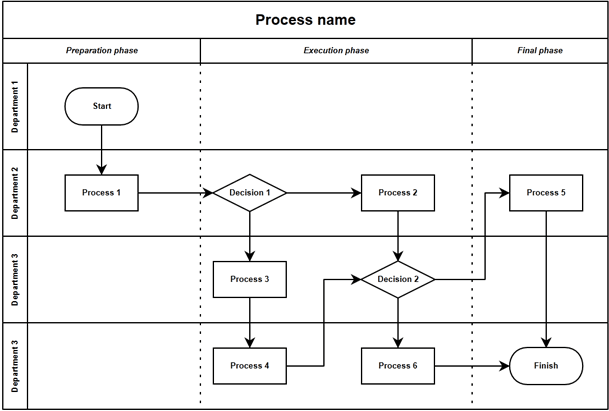An Extreme Take on Restructuring: No Job Titles, No
Managers, No Politics
It's true with a lot of conflicts at
work in general — what looks like interpersonal conflicts are often conflicts
of organizational "roles" with competing goals. Because the two are
fused in conventional organization, those conflicts are seen as interpersonal,
and politics is often just a covert way of going about them.
Holacracy is a distributed authority system
– a set of “rules of the game” that bake empowerment into the core of the organization. Unlike
conventional top-down or progressive bottom-up approaches, it integrates the
benefits of both without relying on parental heroic leaders. Everyone becomes a
leader of their roles and a follower of others’, processing tensions with real
authority and real responsibility, through dynamic governance and
transparent operations
Governance
clarity enables most work to get done by clear roles using clear authority,
outside of painful meetings and group consensus-seeking. On the ground, a
team’s operational flow is synchronized by regular Tactical Meetings that
facilitate rapid-fire triage of key issues. Anything in the way of getting the
work done gets identified and processed into clear next-actions and target
outcomes. In Tactical Meetings:
·
Every agenda
item gets processed every meeting, on-time every-time
·
The focus is on next-actions,
not endless analysis
·
Metrics are
surfaced and checklists are reviewed – quickly
·
No one hides –
radical transparency shows all progress, or lack thereof
Holacracy is a
real-world-tested social technology for agile and purposeful
organization. It radically changes how an organization is structured, how
decisions are made, and how power is distributed. Holacracy leads to...
Lean
& Adaptable Organization: Dynamic steering
applied to organizational design. The process focuses on minimally sufficient
improvements, to address concrete tensions and move forward.
Highly
Effective Meetings: Different meeting processes for
Operations & Governance guarantee a rigorous focus on the work. The result:
clear outcomes, no waste of time, no ego domination.
Clearly
Distributed Authority: Managers are no longer needed, the
leadership function is now distributed. The result: faster, more appropriate
decisions by more engaged and autonomous workers.
Purpose
Driven Work: Beyond stakeholders and shareholders,
Purpose is the bottom line of holacratic organizations. And it's not
just talk: the purpose is structurally reflected in everyday work
Tactical Meeting Process
Check-in Round Goal: Notice what’s got your attention, call it
out, let it go. Sacred space: no
cross-talk. Get present, here and now; grounds the meeting.
Checklist Review Goal: Bring transparency to recurring actions.
Facilitator reads checklist of recurring actions by role; participants respond
"check" or "no- check" to each for the preceding period
(e.g. the prior week).
Metrics Review Goal: Build a picture of current reality. Each role
assigned a metric reports on it briefly, highlighting the latest data.
Project Updates Goal: Track updates to key projects of the
circle. The Facilitator reads each
project on the circle’s project board and asks: “Any updates?” The project’s
owner either responds “no updates” or shares what has changed since the last
meeting. Questions allowed, but no discussion.
Agenda Building Goal: Build an agenda with placeholder
headlines. Build agenda of tensions to
process; one or two words per item, no discussion.
Triage Issues Goal: Get through all agenda items in the allotted time.
To Resolve Each Agenda Item:
1. Facilitator asks: “What do you need?”
2. Agenda item owner engages others
as-needed
3. Capture any next-actions or
projects requested & accepted
4. Facilitator asks: “Did you get what you need?”
Closing Round Goal: Harvest learning from the meeting. Each person can share a closing reflection
about the meeting; no discussion.
This past November, the CEO of Zappos, the successful online shoe
retailer, called the company’s employees together for an all-hands meeting and
made an extraordinary announcement: Zappos
would become a “holocracy”, to achieve full-on holocracy-hood by December 2014.
Instead of the customer-focused yet relatively conventional hierarchy, he was
revamping the organization into a new structure with no job titles and no
managers, in which all work is done in circles.
-
Sally
Helgesen in S+b and http://holacracy.org/how-it-works
